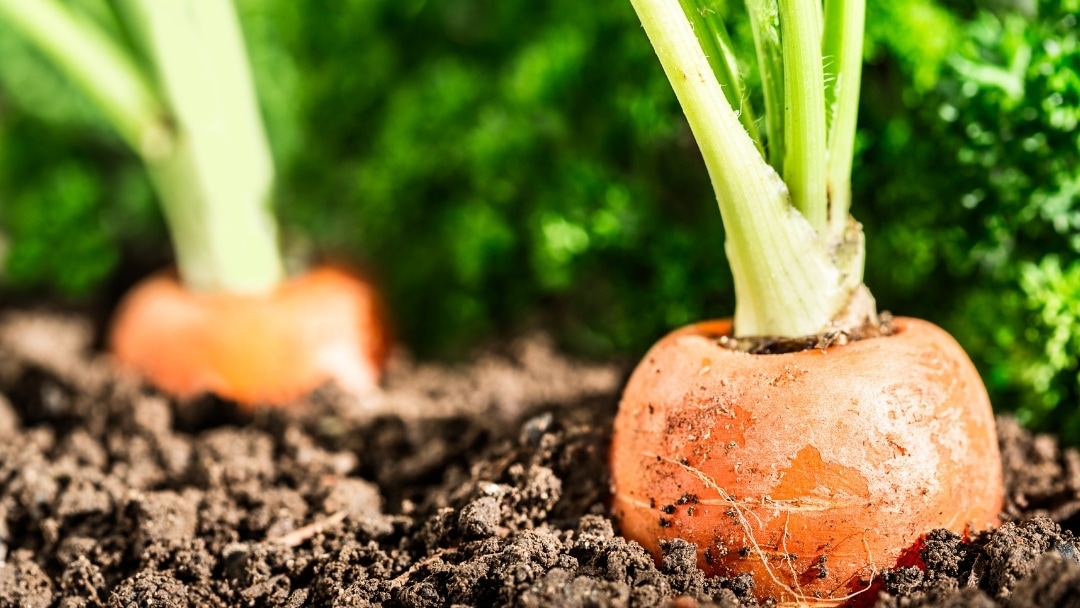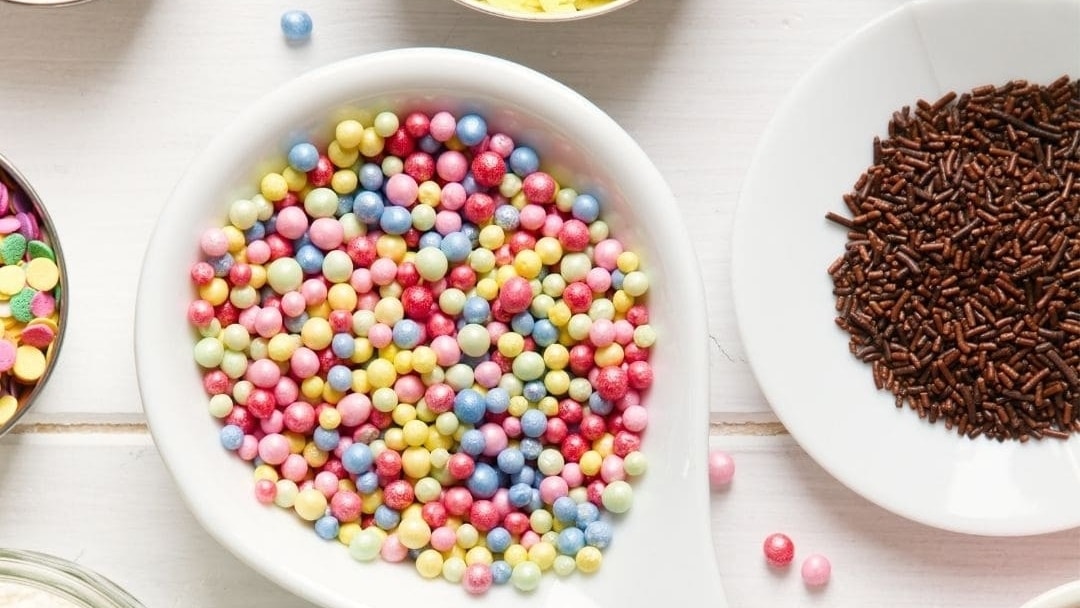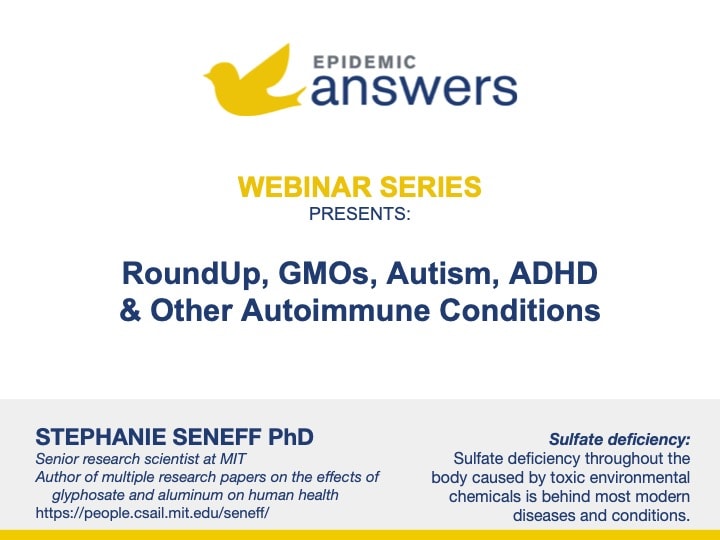A clean diet is one that consists of organic whole foods that are uncontaminated and free of additives and preservatives.
A Clean Diet Does Not Include Genetically Modified Organisms (GMOs)
Today, 60-70% of processed foods contain genetically engineered ingredients. Genetically modifying an organism involves cutting genes out from one organism and inserting them into another. Although scientists can pinpoint what they want to extract, placing that gene into the DNA of another organism is completely random.
Scientists do not yet fully understand living systems thoroughly enough to perform this DNA surgery without creating mutations which could be harmful to the environment and our health.
Currently, there is no data on the long term safety of GMO’s. Scientists are finding that GMO’s can cause mutations in an organism that when ingested, can be toxic to the body. In addition to the danger posed by these toxins, GMO’s may be implicated in the provocation of allergic reactions.
GMO foods may also cause bacteria to become resistant to antibiotics, creating the potential for new, untreatable diseases. To a food company, a benefit to producing transgenic foods is that they have the ability to “keep” on store shelves for longer, even though they may be nutritionally anemic.
Avoiding foods containing genetically modified organisms is an important step towards getting healthy. Most common sources of food containing GMO’s are:
- Soybeans
- Corn
- Cottonseed
- Sugar beets
- Canola oil
Dairy and beef from cows injected with the genetically engineered hormone rBGH/rBST or fed genetically modified grains are also a significant source of GMO consumption. Products labeled 100% organic do not contain GMO’s under current law. If the label does not say 100% organic, it can contain up to 30% GMO’s.
A Clean Diet Includes Organic Produce
Organic farming and conventional farming practices may both yield fruits and vegetables; however, the differences in these methods result in end products that are quite different.
A fundamental difference is that conventional farmers may implement genetic engineering practices while organic farmers do not. Conventional farmers can apply chemical fertilizers to the soil, spray crops with insecticides and pesticides and use synthetic herbicides to control weed growth. Chemical fertilizers are often made from recycled industrial waste.
In a test of 29 fertilizers from 12 different states, all were shown to contain high levels of toxins such as mercury, lead, arsenic, aluminum and antimony. Other studies show a link between exposure to these fertilizers and preterm births, birth defects and cancer. It also poses harm to our environment in the form of increased pollution of groundwater by pesticides and fertilizers.
Organic farmers use natural fertilizer (such as manure or compost) to feed the soil, insect predators (such as ladybugs) and barriers to protect crops from pests. In addition, they use crop rotation, mulches and hand-weeding as methods to reduce weed growth. Not only do these practices remove the danger of harmful chemicals and grow nutrient-dense produce but they also promote bio-diversity through all levels of the food chain.
The good news is that it is getting easier and easier to find organic produce. Many grocery stores are now carrying a wide variety of organics.
You may think that organics are cost prohibitive, but there are economical alternatives. There are many wonderful fruit and vegetable CSA’s (Community Supported Agriculture) that one can join and usually involve picking up your fresh produce once a week.
Another option is to visit your local farmer’s market for locally grown organic goods. Supermarkets are also now carrying frozen organic fruits and vegetables. Or, you can become a bit of a land steward and grow your own.
See resources here www.localharvest.org, www.foodnews.org
A Clean Diet Includes Grass-Fed/Free-Range Organic Animal Proteins
Animal proteins such as beef, chicken, turkey and eggs are an important part of a healthy diet, yet there are strong differences between the grain-fed and grass-fed varieties.
Virtually all the meat, eggs, and dairy products that you find in the supermarket come from animals raised in confinement in large facilities called CAFOs (Confined Animal Feeding Operations). These animals are fed a grain diet predominantly of soy and corn.
This poses two main problems:
- The soy and corn that they are fed are usually genetically engineered and therefore, passing all of the dangers of GMO’s onto the consumer.
- The other problem is that these animals are meant to graze on grass (which is high in omega-3’s). When they are not able to do so, they fall sick and routinely need to be treated with antibiotics.
When you choose grass-fed, free-range organic proteins, you are reducing your consumption of GMO’s, growth hormones and antibiotics.
There are also direct health benefits to this choice. Grass-fed proteins are lower in fat and calories than their grain-fed counterparts. They are also two to four times higher in omega-3 fatty acids, which are considered good fats that contribute to cardiovascular and brain health.
Studies have shown that grass-fed beef can have as much as four times more vitamin E than grain-fed beef. Vitamin E plays an important role in skin health as it protects skin cells from UV light, pollution and other elements that produce cell damage and free radicals.
Products from grass-fed animals are the richest known source of conjugated linoleic acid (CLA), which have been shown to reduce cancer risks in humans.
Grass-fed, free-range organic varieties are the gold standard for animal protein and can be more costly. Some ways that you can save are by joining a local farm CSA (community supported agriculture) in which you pay a set fee at set intervals and receive the product, usually frozen, directly from the farm. You can also find a local farm and buy a share of the livestock (e.g., buy a quarter of a cow) at a discounted rate.
Your local farm may also have poultry and eggs for sale. For further information: www.eatwild.com
A Clean Diet Might Not Include Fish
Eating fish contaminated with mercury, a poison that interferes with the brain and nervous system, can cause serious health problems, especially for children and pregnant women.
Children under six, as well as women who are pregnant or planning to become pregnant, are the most vulnerable to mercury’s harmful effects. They should restrict or eliminate fish from their diet, including:
- Ahi or bigeye tuna
- Tilefish
- Swordfish
- Shark
- King mackerel
- Marlin
- Orange roughy
- Fish caught in any waters that are subject to a mercury advisory
Women with elevated mercury levels should ideally begin avoiding or restricting their consumption of mercury-laden fish as much as a year before they become pregnant. To be safest, however, the Green Guide and the Environmental Working Group recommend limiting moderate-mercury fish to one meal a month, and bypassing high-mercury fish completely.
Other toxins to be wary of in farm-raised fish are PCBs, dioxins, pesticides, PBDEs and dyes. Aquafarmers must combat lethal sea lice infestations and use pesticides and antibiotics to do so. The residual presence of these drugs in human food products poses the real risk of developing antibiotic-resistant bacteria, which gets passed on to the consumer.
If you must eat fish, wild-caught is a safer choice over farm-raised fish. For further information: www.ewg.org/safefishlist, www.nrdc.org, www.edf.org
A Clean Diet Avoids Processed Foods, Preservatives and Additives
Food producers use preservatives in some processed foods to ensure that they do not spoil. However, they can be very dangerous to people sensitive to chemicals. Studies have shown preservatives and additives to cause hyperactivity, asthma, allergies, autoimmune disorders and eczema. They have also been linked to birth defects, heart problems, gastrointestinal distress and cancer.
Be sure to read ingredient lists on all foods. Here is a list to help spot harmful preservatives and additives in processed foods:
- All artificial flavors and colors, FD&C colors
- All artificial sweeteners including aspartame, sucralose, saccharin, acesulfame-k
- High fructose corn syrup, also listed as: corn sweetener, corn syrup, or corn syrup solids
- BHA, BHT nitrates, nitrites
- Sodium/potassium benzoate
- Sulfites
- MSG (monosodium glutamate)
- Hydrogenated oils/trans fats
- Hydrolyzed proteins/yeast
- Autolyzed proteins/yeast
- Torula yeast, yeast extract
- Canned goods lined with BPA should be avoided completely
A small amount of sugar may be safe for someone with a properly functioning immune system; however, it should be avoided by our sensitive kids.
Natural sweetener options to try in moderation are:
- Stevia
- Honey
- Organic evaporated cane juice
- Rapadura
- Succanat
- Organic fruit juices
- Maple sugar
- Maple syrup
- Coconut sugar
A Clean Diet Includes Clean, Filtered Water
Water is essential for all body systems to operate smoothly and should be the main source for hydration. But all water is not the same, and there are ways to make healthier choices in the water that you drink.
Lead
Lead is the primary cause for concern due to its presence in pipes, fittings and solders. Lead’s harmful impact on our bodies has been well-documented. Besides lead, there are other dangerous chemicals in water that should be avoided.
Fluoride
Fluoride is a pollutant – a by-product of copper, iron and aluminum manufacturing. According to the handbook, Clinical Toxicology of Commercial Products, fluoride is more poisonous than lead and just slightly less poisonous than arsenic. It is a cumulative poison that accumulates in bone over the years.
According to the Physician’s Desk Reference, “in hypersensitive individuals, fluorides occasionally cause skin eruptions such as atopic dermatitis, eczema, or urticaria; Gastric distress, headache, and weakness have also been reported. These hypersensitive reactions usually disappear promptly after discontinuation of the fluoride.”
Fluoride, even at dosages of 1 part per million, found in artificially fluoridated water, can inhibit enzyme systems, damage the immune system, contribute to calcification of soft tissues, worsen arthritis and cause dental fluorosis in children. These are unsightly white, yellow or brown spots that are found in teeth exposed to fluoride during childhood.
The most recent studies do not even show that water fluoridation is effective in reducing tooth decay. In the largest U.S. study of fluoridation and tooth decay, United States Public Health Service dental records of over 39,000 school children, ages 5-17, from 84 areas around the United States showed that the number of decayed, missing, and filled teeth per child was virtually the same in fluoridated and non-fluoridated areas.
Chlorine
Chlorine is added to water to kill certain bacteria; however, when it reacts with organic matter (like leaves), it produces harmful trihalomethanes or THMs. These byproducts trigger the production of free radicals in the body and cause serious cell damage. THMs are chemicals that have been linked in a number of studies to an increased risk of miscarriage, bladder and rectal cancers, and birth defects.
You may think it is safer to drink bottled water but bottled water regulations are often much looser than that of tap water. If you do drink bottled water, check labels thoroughly to be sure that the bottled water is not just packaged, un-filtered tap water and that the plastic bottle itself is free of BPA’s.
To learn more see www.epa.gov.
Here are some ways to ensure that your water is healthier:
- Test lead levels in your tap water. If high levels of lead are present, it is a good idea to find out what type of pipes, fittings and faucets are in your home as they may be leaching lead.
- Other chemicals to look for when testing your water are: fluoride, chlorine, mercury, chloramines, volatile organic compounds (VOC), trihalomethanes (THMs), methyl tert-butyl ether (MTBE), asbestos, and arsenic.
- Never use hot tap water for drinking or cooking as lead leaches more easily from hot water lines.
- Let the cold water run for a couple of minutes before drinking. Overnight, the water that is sitting in the pipes has a higher lead count from the lead leaching through pipes and solders.
- If you have public water, read your Consumer Confidence Report to find out what chemicals are present in your water.
- If you have well-water, have it tested for chemicals and contaminants. Avoid using pesticides, fertilizers and other chemicals near your well’s supply source as they can leach in.
- Invest in a water filter system. Look for options with a reverse osmosis component and/or activated carbon. Be sure to maintain the filter system otherwise it can actually result in higher levels of contamination.
Still Looking for Answers?
Visit the Epidemic Answers Practitioner Directory to find a practitioner near you.
Join us inside our online membership community for parents, Healing Together, where you’ll find even more healing resources, expert guidance, and a community to support you every step of your child’s healing journey.
Sources & References
Samsel, A., et al. Glyphosate, pathways to modern diseases III: Manganese, neurological diseases, and associated pathologies. Surg Neurol Int. 2015 Mar 24;6:45.
Tobacman, J.K. Review of Harmful Gastrointestinal Effects of Carrageenan in Animal Experiments. Environmental Health Perspectives. 2001 Oct;109(10):983-94.
Wallinga, D., et al. Not So Sweet: Missing Mercury and High Fructose Corn Syrup. Institute for Agriculture and Trade Policy, Minneapolis, Minnesota. Jan 2009.
Resources
Bryson, Christopher. The Fluoride Deception. Seven Stories Press, 2006.
Environmental Protection Agency
Environmental Working Group’s Tap Water Database
O’Brien, Robyn. The Unhealthy Truth: One Mother’s Shocking Investigation into the Dangers of America’s Food Supply– and What Every Family Can Do to Protect Itself. Harmony, 2010.
Smith, Jeffrey. Genetic Roulette: The Documented Health Risks of Genetically Engineered Foods. Yes! Books, 2007.




